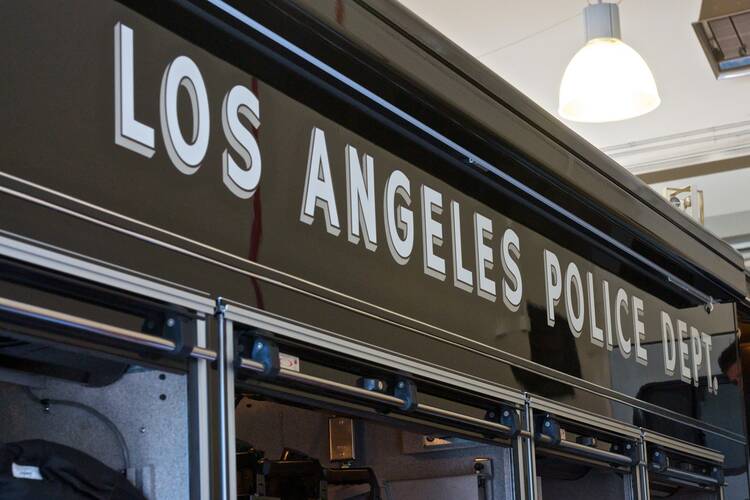Twenty-five years after the beating of Rodney King (it occurred on March 3, 1991), one doesn’t hear much about police brutality in Los Angeles, which may very well be a sign of the progress that’s been made.
And yet, shootings by police in Los Angeles County nearly doubled in the last year, from 23 to 45 cases, 19 of them fatal. One week in July alone had six different officer-involved shootings, including one in which a suspect was shot in the back after supposedly attacking officers with his skateboard—an accusation the police involved later admitted was a lie.
A study released by local NPR station KPCC in November likewise uncovered that between 2010 and 2014, over 375 people were shot by police here. One in four of them were unarmed. And though African Americans represent only 8 percent of the county’s total population, 24 percent of those fatally shot by police between 2010 and 2014 were black.
In many ways the state of California as a whole fares even worse. In 2015, the state ranked first in people killed by police in 2015, its 210 victims constituting roughly 20 percent of all those killed by police across the country. And Kern County, located inland in California’s Central Valley, ranked first in the nation last year in police-related deaths per capita.
It goes without saying that when it comes to statistics like these, the devil is in the details. The fact that a shooting occurred does not in itself prove an unwarranted use of force—though 375 cases certainly sounds extreme. The fact that the KPCC study also found that not a single officer in Los Angeles has even been prosecuted for an on-duty shooting since 2000 raises further concerns.
As is true in so many other places grappling with these issues, there’s lots of explanations and solutions on offer here, from better training in de-escalation techniques or interacting with the mentally ill to increased use of Tasers and bean bag shotguns. The L.A. police department recently took the unusual step of instituting an award for officers who don’t use deadly force in situations where they could have. It’s certainly not a bad idea; but as a mechanism to help motivate gun restraint it only seems to highlight how strange and crazy the current situation is.
For me, one of the more interesting bits of analysis has come from Matthew Johnson, the African-American entertainment lawyer recently elected president of the Los Angeles Police Commission. Johnson feels a primary problem is the difficulty Los Angeles itself poses to building relationships. “When you walk around New York,” he told Los Angeles Magazine last week, “you see police officers constantly interacting with people, whether it’s in Times Square or a neighborhood in Brooklyn.” To have the same number of cops per capita in L.A. would require an additional 7,000 officers. (Plus, there’s not an awful lot of “walking around” in much of Los Angeles.)
The consequence, Johnson argues, is not only that normal people don’t get regular engagement with the police, but that the police’s instincts become formed to expect only trouble. “Most of our officers are going from call to call...if you’re just dealing with people on their worst days, that’s going to give you a skewed perspective on the community you’re serving.”
It makes sense: if all day every day you’re dealing with difficult situations, how could you not become more jaded and more reactive? But if hiring more officers is not on offer—and it doesn’t appear to be—how else can we innovate to create these communities we want, the improvements we need?
For the moment the national attention lies elsewhere. But if both our recent and our longer-term history suggest anything, it’s that that won’t last forever. We can only hope when the time comes, we have better answers.








